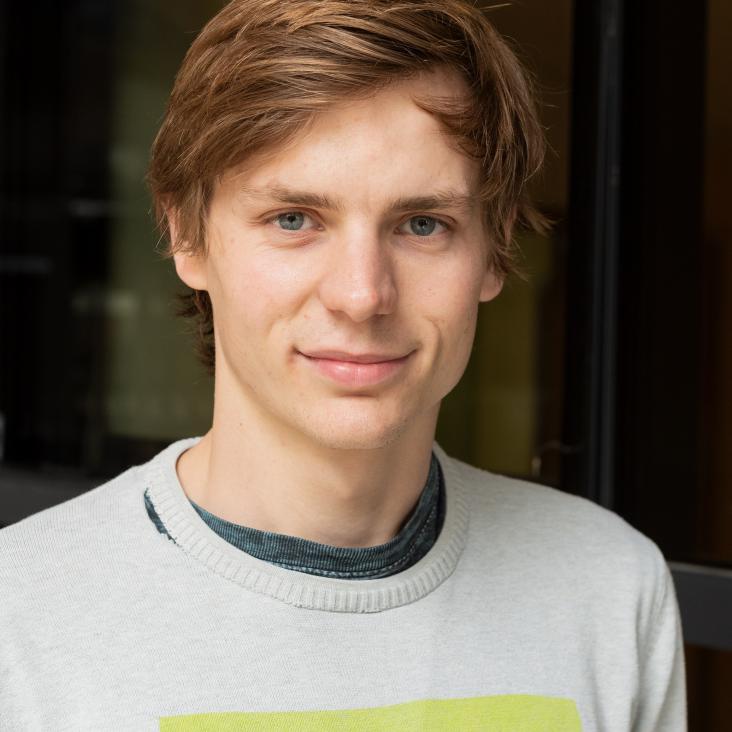Real-Time Observation of Aharonov-Bohm Interference in a $\mathbb{Z}_2$ Lattice Gauge Theory on a Hybrid Qubit-Oscillator Quantum Computer
(2025)
Multipartite Mixed-Species Entanglement over a Quantum Network
(2025)
Towards quantum computing Feynman diagrams in hybrid qubit-oscillator devices
(2024)
Generating arbitrary superpositions of nonclassical quantum harmonic oscillator states
(2024)
Synthetic Z 2 gauge theories based on parametric excitations of trapped ions
Communications Physics Nature Research 7:1 (2024) 229


